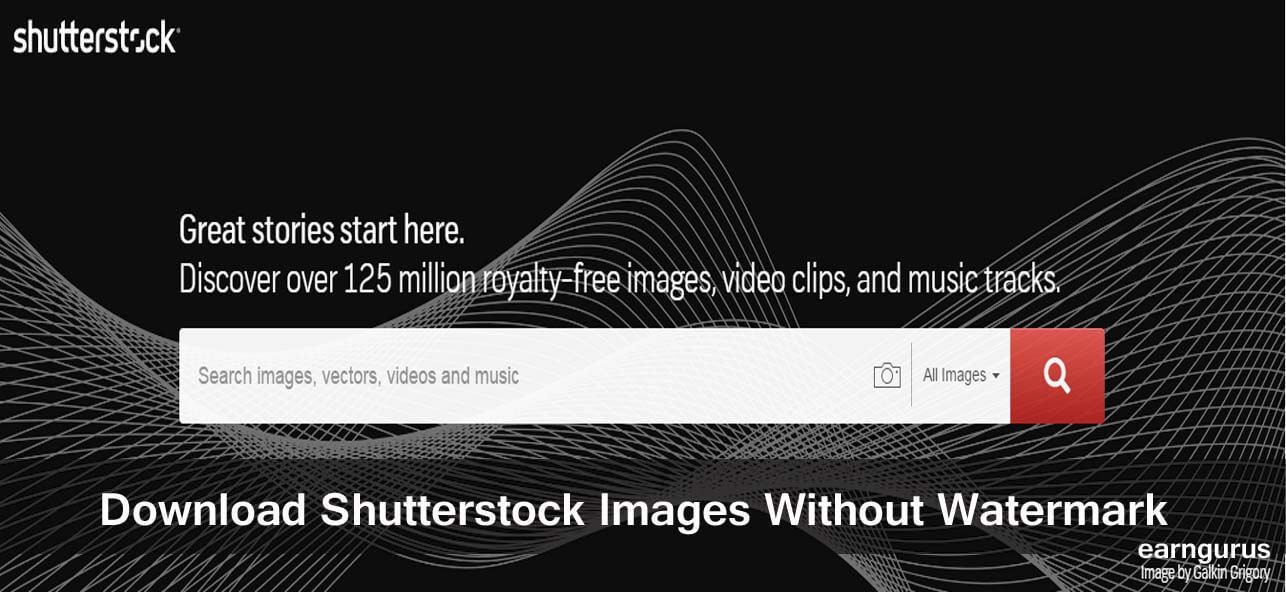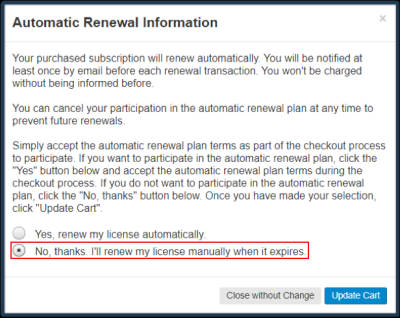If you’ve ever browsed Shutterstock for that perfect image and wanted to use it without the annoying watermark, you’re not alone. Watermarks are meant to protect photographers and Shutterstock‘s business, but sometimes you just need a clean, watermark-free version for your project. While the official way is to purchase a license, many people wonder if there’s a way to get images without watermarks without crossing any lines. In this post, we’ll explore how to access
Understanding Shutterstock Image Licensing and Watermarks
Before diving into how to download images without watermarks, it’s important to understand what they are and why they exist. Shutterstock uses watermarks as a visual safeguard—they overlay their images with semi-transparent text or patterns to prevent unauthorized use. These watermarks serve as a reminder that the image is protected and needs an official license for legal use.
When you browse Shutterstock, you’ll notice that preview images are watermarked. These are meant for you to evaluate the quality and suitability before purchasing. Once you buy a license, you are granted the right to download the image without the watermark and use it according to the license terms. There are different types of licenses:
| Type of License | Description | Uses Allowed |
|---|---|---|
| Standard License | For most commercial uses, like websites, social media, or print materials up to a certain size. | Small to medium projects, limited printing, online use. |
| Extended License | Allows for larger print runs, product packaging, and more extensive commercial use. | High-volume printing, merchandise, or products for resale. |
It’s crucial to remember that attempting to bypass the watermark without purchasing a valid license is illegal and unethical. Shutterstock‘s watermarks are there to protect the artists and the platform’s rights. The right way to get a watermark-free image is by purchasing the appropriate license. This not only ensures you’re legally covered but also supports the creators behind those beautiful images.
So, while it might be tempting to look for shortcuts, understanding licensing helps you make informed decisions. If you want to use images professionally or commercially, the best approach is to go through official channels—buy the license, download the clean image, and use it confidently. Remember, respecting copyright encourages more great work from talented photographers and artists around the world!
Legal Ways to Obtain Shutterstock Images Without Watermarks
If you’re looking to use Shutterstock images without those pesky watermarks, the best approach is always to go the legal route. Watermarks are meant to protect photographers and artists, so respecting that is key to staying on the right side of the law—and ensuring the creators get paid for their work. Here are some legit ways to get those high-quality images without watermarks:
- Purchase a License: The most straightforward way is to buy a license directly from Shutterstock. When you do this, you get a clean, watermark-free image you can use legally for your project. Shutterstock offers different licensing options—standard, enhanced, or extended—depending on your needs.
- Subscribe to a Plan: If you need multiple images regularly, consider subscribing to one of Shutterstock’s plans. This often reduces the cost per image and grants you access to a wide library of images without watermarks, all legally licensed for your use.
- Use Free Shutterstock Images: Occasionally, Shutterstock offers free images or promotional downloads. These are typically licensed for free use, but always double-check the license terms to ensure you’re compliant.
- Work with Shutterstock Contributors: If you’re a photographer or designer, you can sell your images through Shutterstock. This way, you’re supporting creators directly and can access their work legally by licensing it properly.
Remember, attempting to bypass licensing or watermark removal tools not only violates Shutterstock’s terms of service but can also lead to legal consequences. The best way to enjoy high-resolution, watermark-free images is to go through official channels—supporting the artists and ensuring your project is completely legitimate.
Steps to Download Shutterstock Images Legally and Without Watermarks
Ready to get your hands on those gorgeous Shutterstock images without watermarks? Here’s a simple, step-by-step guide to do it legally and smoothly:
- Create a Shutterstock Account: Head over to the Shutterstock website and sign up. It’s free to create an account, and you’ll need one to purchase or license images.
- Choose Your License or Subscription Plan: Browse the library and decide whether a pay-per-image license or a subscription suits your needs best. Subscriptions are often more economical if you need multiple images.
- Find Your Desired Image: Use the search bar to locate the perfect image. You can filter results by orientation, color, size, and more to narrow down your options.
- Add Image to Cart: Once you’ve selected an image, click the “Add to Cart” button. Review the licensing options—standard or enhanced—and proceed accordingly.
- Complete the Purchase: Proceed to checkout. Enter your payment details and confirm your purchase. After payment, the image becomes available for download without watermarks.
- Download the Watermark-Free Image: Navigate to your account’s downloads section. Click on the purchased image, and download the high-resolution, watermark-free version.
And that’s it! With these steps, you’re licensing your images legally and ensuring you’re respecting the rights of creators. Plus, you get to enjoy the full quality of the images without any watermarks or restrictions. Remember, always keep your licenses and receipts in case you need to verify your rights to use the image later on.
Tips for Using Shutterstock Images Effectively in Your Projects
Using Shutterstock images can really elevate your projects, whether you’re creating a website, designing a presentation, or working on marketing materials. But to make the most impact, it’s important to use these images thoughtfully. Here are some tips to help you leverage Shutterstock images effectively:
Choose the Right Image
Start by selecting images that truly match your project’s tone and message. Think about your target audience and what kind of visuals will resonate with them. Use relevant keywords to filter your search and find images that align with your content’s theme.
Pay Attention to Licensing
Always double-check the license type before using an image. Shutterstock offers various licenses, and understanding what’s included will help you avoid legal issues. For most projects, a standard license suffices, but if you’re planning to use the image in a large commercial campaign, consider an extended license.
Optimize Image Resolution
Use high-resolution images for print or large displays, and optimize images for web use to ensure fast loading times without sacrificing quality. Shutterstock provides images in multiple sizes, so pick the one that’s best suited for your project.
Customize Your Images
Don’t just use images as-is. Feel free to edit, crop, or overlay text to better fit your design. Customization helps your project stand out and makes the visuals more personalized and relevant.
Maintain Consistency
Use a consistent style or color palette across your images to create a cohesive look. This is especially important for branding purposes. Shutterstock’s collections can help you find images that match your aesthetic.
Give Proper Credit if Needed
While Shutterstock’s standard license doesn’t require attribution, if you’re using images under a Creative Commons license or in specific contexts, give credit where it’s due. It’s always good practice to acknowledge the creator if possible.
Stay Organized
Keep your downloaded images organized in folders labeled by project or theme. This makes it easier to locate the right visuals later and ensures your workflow remains smooth.
Common Mistakes to Avoid When Downloading Shutterstock Images
Even seasoned designers can slip up when downloading images from Shutterstock. To keep your projects professional and compliant, steer clear of these common pitfalls:
1. Using Images Without Proper Licensing
One of the biggest mistakes is assuming all Shutterstock images are free to use without restrictions. Always verify your license type and ensure you’re authorized to use the image for your intended purpose. Using images without proper licensing can lead to legal trouble.
2. Overusing the Same Image
Reusing the same Shutterstock image across multiple projects without variation can make your content feel repetitive. Try to find new images or customize existing ones to keep your visuals fresh and engaging.
3. Ignoring Image Quality and Resolution
Downloading low-resolution images for print or large displays can result in pixelation and a loss of professionalism. Always select the appropriate resolution for your needs to ensure your visuals look sharp and polished.
4. Neglecting Image Relevance
Choosing images that don’t align with your message or audience can weaken your communication. Take the time to select visuals that complement your content and enhance your storytelling.
5. Forgetting to Save Originals
Always keep a master copy of your downloaded images. This way, if you need to make edits or use the image again in the future, you won’t have to re-download or search for it.
6. Disregarding Shutterstock’s Terms of Use
Each license has specific rules about how you can use the images. Make sure you understand restrictions, such as limitations on redistribution or modifications, to stay compliant and avoid issues down the line.
7. Downloading from Unofficial Sources
Be cautious about third-party sites claiming to offer Shutterstock images for free or at reduced prices. These are often illegal and can expose you to malware or copyright infringement claims. Always stick to Shutterstock’s official platform.
By being mindful of these common mistakes, you’ll ensure that your use of Shutterstock images remains legal, professional, and effective. Happy designing!
Conclusion and Best Practices for Using Shutterstock Images
Using Shutterstock images responsibly and effectively requires understanding both the legal considerations and best practices to maximize their impact. Always ensure you have the correct license for your intended use, whether it’s for commercial, editorial, or personal projects. Remember that downloading images without proper authorization or attempting to circumvent watermark protections is illegal and can lead to serious legal consequences.
To make the most of Shutterstock resources, consider the following best practices:
- Purchase the appropriate license: Choose the license type that aligns with your project needs, such as Standard or Enhanced licenses.
- Maintain image quality: Always download high-resolution images for professional use to ensure clarity and branding consistency.
- Give proper attribution: While Shutterstock images typically don’t require attribution, always check the licensing terms, especially if used in editorial contexts.
- Use editing tools wisely: Customize images to suit your project, such as cropping or adjusting colors, while respecting the original licensing terms.
- Keep records: Save proof of licensing and purchase receipts to resolve any future disputes or licensing questions.
| Best Practice | Benefit |
|---|---|
| Purchase the correct license | Legal compliance and appropriate usage rights |
| Download high-resolution images | Professional quality for printing and large displays |
| Keep licensing records | Proof of rights and easy resolution of licensing issues |
By adhering to these guidelines and respecting copyright laws, you can effectively utilize Shutterstock images to enhance your projects while avoiding legal pitfalls. Responsible use not only protects you but also supports creators and the platform providing these valuable resources.



